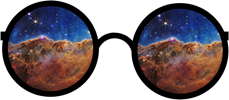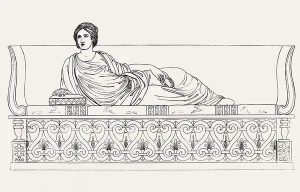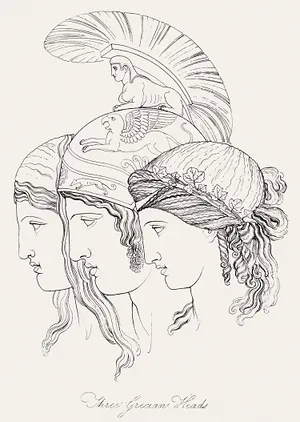Astrology Services
Asteroid Goddesses
 Ceres:
Ceres:
In the 1800s astronomers discovered a belt of planetary bodies orbiting between Mars and Jupiter. Ceres was discovered first and is now categorized as a dwarf planet. Ceres was named after the Roman goddess of the harvest.
In classic Roman/Greek mythology, Ceres/Demeter is the goddess of agriculture and harvest. She is credited with creating the seasons, giving humanity grain, and the Eleusinian Rites. Ceres is sister to Vesta and Juno and their brothers are Jupiter, Neptune, and Pluto.
Ceres was a devoted mother whose daughter, Persephone was kidnapped, raped, and forced to marry Pluto, The Lord of the Underworld. Ceres mourned the loss of her daughter and brought famine and starvation to the earth.
Zeus sent Mercury to broker a deal for the release of Persephone. The compromise allows Persephone to spend half the year with her mother and the other half in the underworld with her husband. When Persephone lives with her mother the earth is fertile, spring arrives, plants grow and we gather in the harvest. When Persephone returns to the underworld Ceres withdraws her life-giving energy and the earth enters winter.
In our Astrological chart, Ceres represents the feminine principle in all her manifestations. Ceres rules the cycles of the natural world, the rhythms of fertility and reproduction. She governs our relationships, opening us to the possibility of unconditional love, encouraging our connection to nature, and teaching us how we cope with loss and separation. Ceres also shows how we process injustice. Do we react with direct anger or passive-aggressively?
People with strong Ceres in their charts have an affinity with nature, plants, gardens, food, and cooking. Ceres-focused individuals are caretakers of children, the elderly, or animals. They are drawn to nurturing professions.
 Pallas Athena:
Pallas Athena:
Pallas Athena, the Warrior Goddess is the third largest asteroid in the asteroid belt. Pallas Athene was born fully grown, from the head of her father, Zeus/Jupiter. Athena is a symbol of the matriarchal era giving way to the current patriarchal world.
Pallas Athene was revered for her wisdom, stunning intelligence, and as a protector of the defenseless.
In our Astrological charts, Pallas Athene represents how we function in the male-dominated culture. How do we make our way as a woman in “a man’s world”? Pallas Athena requires that we pick a side. Do we embrace or reject our femininity? Do we fight our battles with brains or brawn? The placement and aspects of Pallas Athena in our chart will tell us how we incorporate the warrior goddess into our life.
 Vesta: The Goddess of the Sacred
Vesta: The Goddess of the Sacred
Vesta was the virgin goddess of the ancient sacred eternal flame kept lit in her temples. She was the guardian of the high priestesses of Ancient Greece and Rome who celebrated the intuitive powers of femininity, sexuality, and sacred healing. High priestesses were responsible for tending Vesta’s eternal flame and took vows of chastity and celibacy. Vesta was worshipped as a provider of divine protection and purity. The worship of Vesta in matriarchal times included yearly fertility rites. Children conceived at fertility rites were considered divine. Vestal Virgins were highly revered for their psychic powers and healing abilities.
In our astrological chart, the placement and the sign where Vesta is found tell us how we relate to our sexuality and how we embrace our inner passion. Vesta encourages us to focus on our commitments, be dedicated to our aspirations, and be willing to make sacrifices to achieve our goals.
 Juno: The Goddess of Marriage
Juno: The Goddess of Marriage
In the matriarchal myth of Juno, she is unmarried and guides and protects women through the stages of womanhood. With the coming of the patriarchal age, she becomes the unhappy wife of Jupiter/Zeus and is worshipped as the patroness of married women. Jupiter/Zeus was a prodigious chaser of women. Juno is depicted as a woman scorned taking revenge on the women that caught her husband’s wandering eye.
In our astrological chart, the placement and the sign where Juno is found tell us what type of relationship we want and what type of mate would be most suitable for us. Juno also indicates our relationship style and how we get our intimacy needs to be met.


 Ceres:
Ceres: Pallas Athena:
Pallas Athena: Vesta: The Goddess of the Sacred
Vesta: The Goddess of the Sacred Juno: The Goddess of Marriage
Juno: The Goddess of Marriage